A Long Weekend on the East Coast of Tasmania
In partnership with Tourism Tasmania, Rolling Stone spent three days exploring the glorious east coast of Tasmania
In partnership with Tourism Tasmania, Rolling Stone spent three days exploring the glorious east coast of Tasmania. Being one of the driest parts of Tasmania, there’s no better place than the east coast to catch some winter sun. This gourmet food bowl of a region is perhaps most famous for the larapuna / Bay of Fires area, with its clear azure seas and granite rocks splattered in orange lichen, or the alluring white sands of Wineglass Bay. Yet, this spectacular region has so much more to offer. From charming seaside towns like St. Helens and Swansea to the tranquil beauty of Maria Island National Park, the east coast is a haven for nature lovers, outdoor enthusiasts, and those seeking a peaceful escape in Tasmania’s scenic wonders. Get some inspiration with our three-day itinerary below.
Day 1
Arrive at Glamping 148 degrees Tasmania
Sip, glamp and graze in this wonderful accommodation that is the perfect balance between elegant and rustic. Situated in St. Helens and just 30 minutes from the stunning larapuna / Bay of Fires area, it’s the ideal setting to unwind and connect with nature. The luxury glamping tents are fitted out with comfortable bedding covered in beautiful linens, have plenty of space to relax both indoors and outdoors and feature a fire pit and luxurious claw-foot bath to keep you warm this winter. Glamping 148 degrees – Tasmania is offering a grazing platter of local produce from East Coast Village Providore and a bottle of Priory Ridge wine to anyone who stays three or more nights this Off Season.
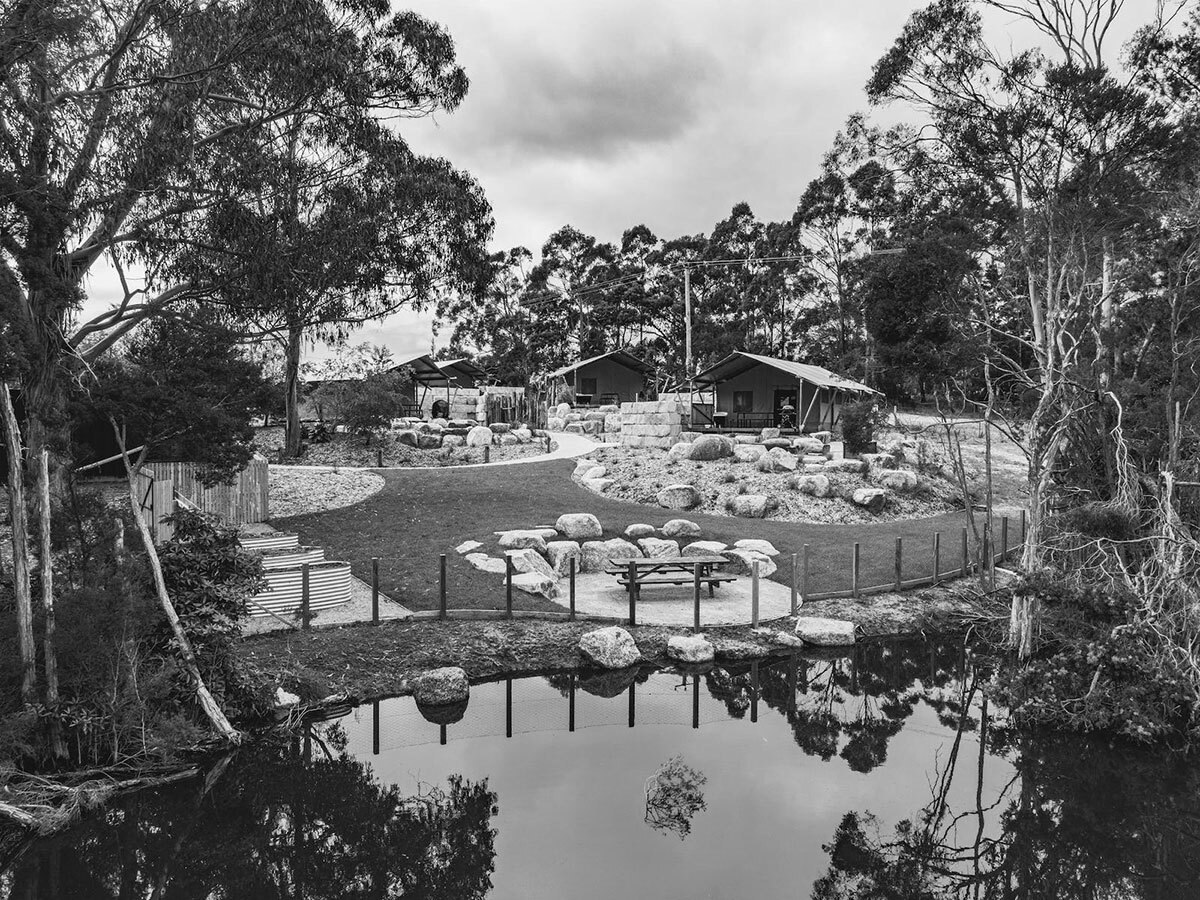
Image: Glamping 148 Tasmania | Photographer: Jesse Hunniford
Explore the glorious Freycinet National Park
Spend the morning at Freycinet National Park, which is about an hour and a half away from your accommodation. The park is one of the state’s most treasured coastal playgrounds. The main attraction is Wineglass Bay, but there is so much more to be explored. Expect to see white sandy beaches, hidden bays, striking pink granite peaks and plentiful wildlife and marine life.
Stop for a seafood lunch at Freycinet Marine Farm
Love Music?
Get your daily dose of everything happening in Australian/New Zealand music and globally.
The surrounding waters are perfect for Pacific oysters: buy them from Freycinet Marine Farm and enjoy them with a bottle of Tasmanian chardonnay while you watch for whales. Sit at one of their picnic tables, or get your toes sandy and head down to the beach to slurp delectable oysters by the shore. Then, why not indulge yourself with freshly harvested mussels and local Tasmanian Rock lobster and scallops. For a unique winter offering, enjoy an Aussie take on Belgium’s national dish, Moules Frites: mussels with chips paired with a refreshing Bicheno Ale for $45.
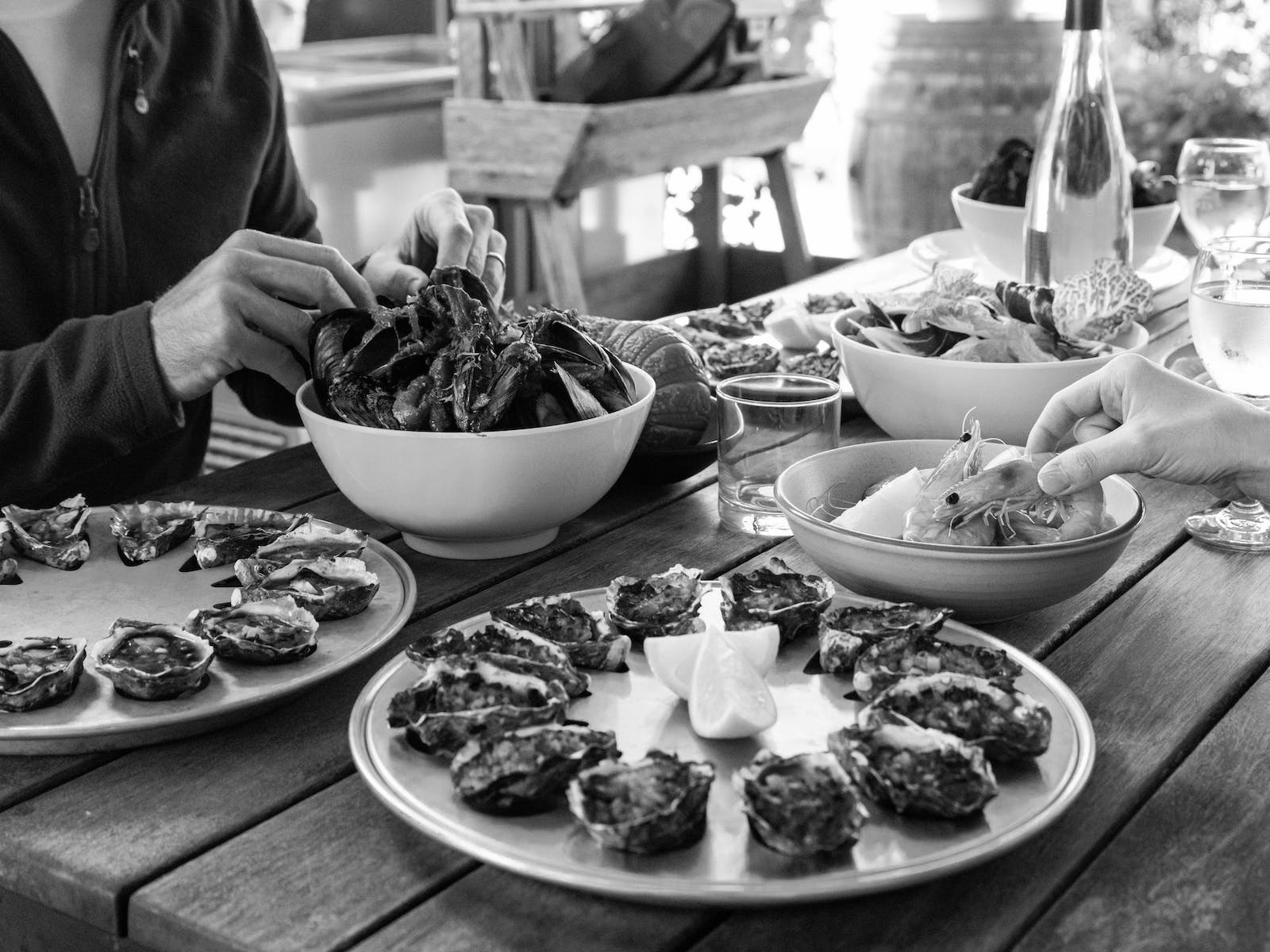
Image: Freycinet Marine Farm | Photographer: Jesse Hunniford
Chocolate and wine tasting at Devil’s Corner Cellar Door
After lunch, drive 30 minutes to Devil’s Corner Cellar Door to enjoy an elevated wine experience whilst feasting your eyes on views across the vineyard to Moulting Lagoon and the Freycinet Peninsula. This Off Season, wine and chocolate tasting is on. Does it get much better than wine and chocolate? We think not. Try four handcrafted chocolates by Tatumaz and The Devil and four premium-wines from the Devil’s Corner premium range for just $35 and get your tastebuds soaring.
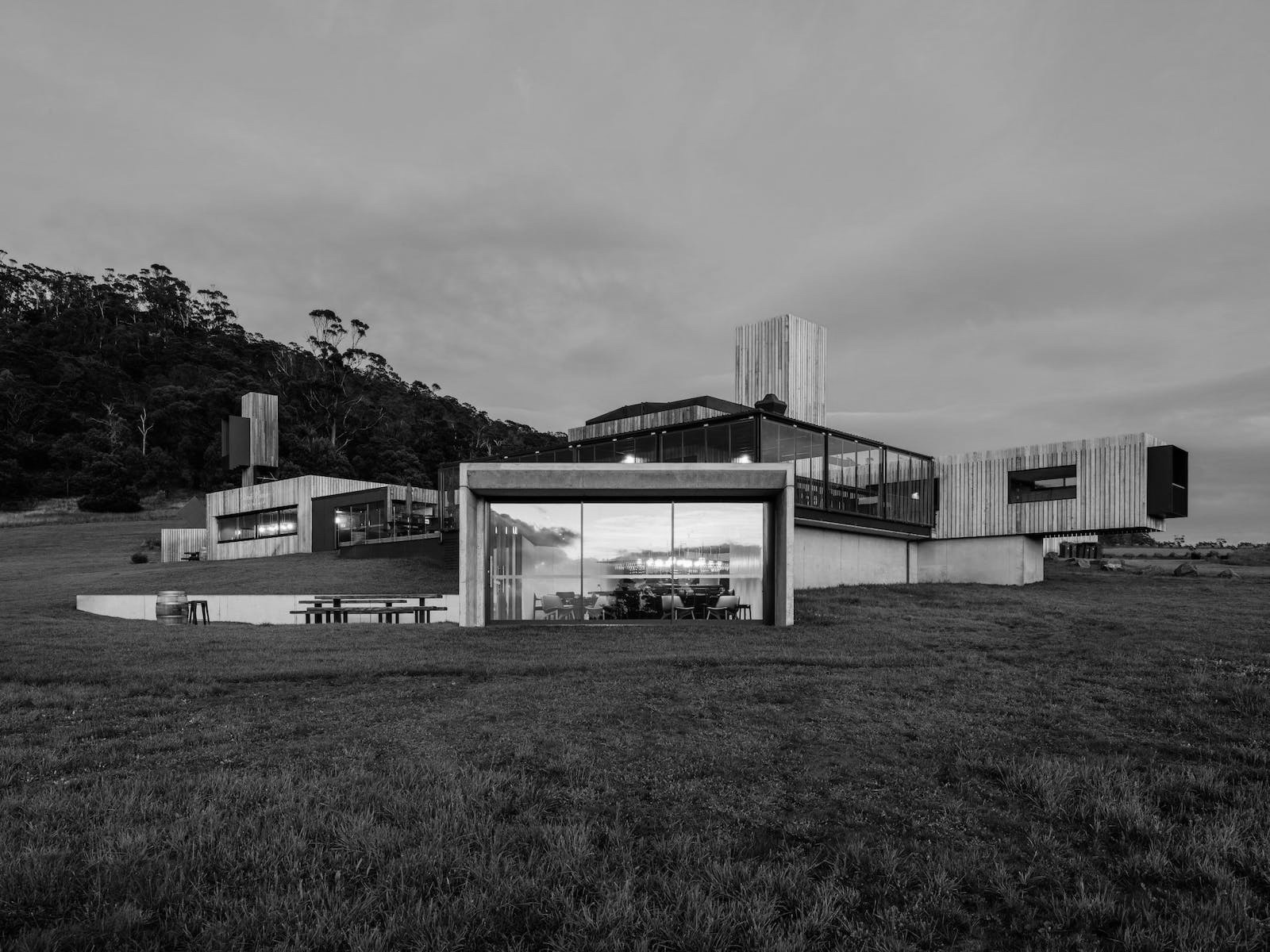
Image: Devil’s Corner Cellar Door | Photographer: Jesse Hunniford
Day 2
Warm up on the St Helens Mountain Bike Trails
After a day of indulging in food and wine, it’s time to get adventurous. Spend a day exploring the St Helens Mountain Bike Trails, which are some of the most scenic in the world. Imagine riding along an epic 42km wilderness trail through mountains to the sea, ending at the iconic Bay of Fires. There are many trails to suit all experience levels and much to be explored in St Helens whilst you’re having a break from the trails. Due to their unique soil type, these trails can be enjoyed year-round. It’s free to ride the trails at St Helens MTB Network this Off Season. We can’t think of a better way to warm up this winter.
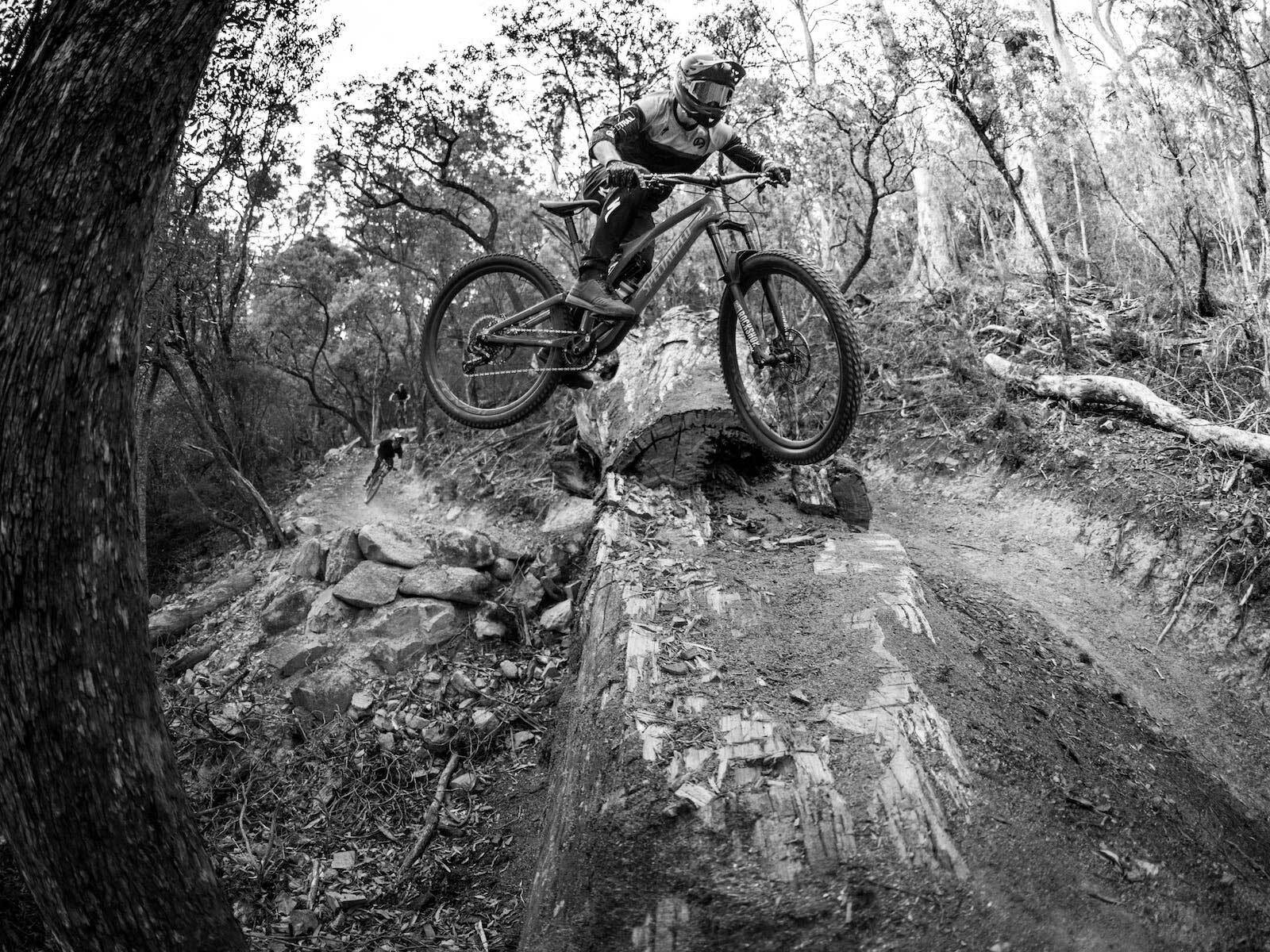
Image: St Helens Mountain Bike Trails | Photographer: Jesse Hunniford
Watch the Bicheno Beams light show
Be sure to rug up in your winter woollies to watch this spectacular light show which runs for 15 minutes from 6pm every evening in July. The laser light show is accompanied by music and pays homage to this beautiful region. The show, which is run by volunteers, is a free, family-friendly event.

Image: Bicheno Beams | Photographer: Jesse Hunniford
Day 3
A morning at Tasman Sea Salt
Drive around 1 hour and 45 mins to Tasman Sea Salt. You’ll be blown away by the stunning backdrop to this family-run operation. The translucent blue water of Mayfields Bay is hemmed by golden-hued farmland and is known to be some of the most pristine water in the world. Husband and wife duo Alice Laing and Chris Mason have been harvesting sea salt from Tasmania’s east coast since 2013, producing pure white flakes with phenomenal depth and flavour.
They offer a ‘Salt Sommelier’ tour, which gives visitors a chance to learn about their unique salt harvesting process. You’ll learn how salt impacts flavour while sampling a menu of small bites that pair their sea salt with locally sourced produce, with an optional wine pairing from local winery Mayfield Estate. Taste a rich umami mushroom broth with wakame seaweed sea salt, or simply sprinkle some natural salt flakes on a sweet local tomato, and see how salt amplifies its flavour profile. If you’ve never thought much about what salt does to food or how it’s harvested, this is the tour for you.
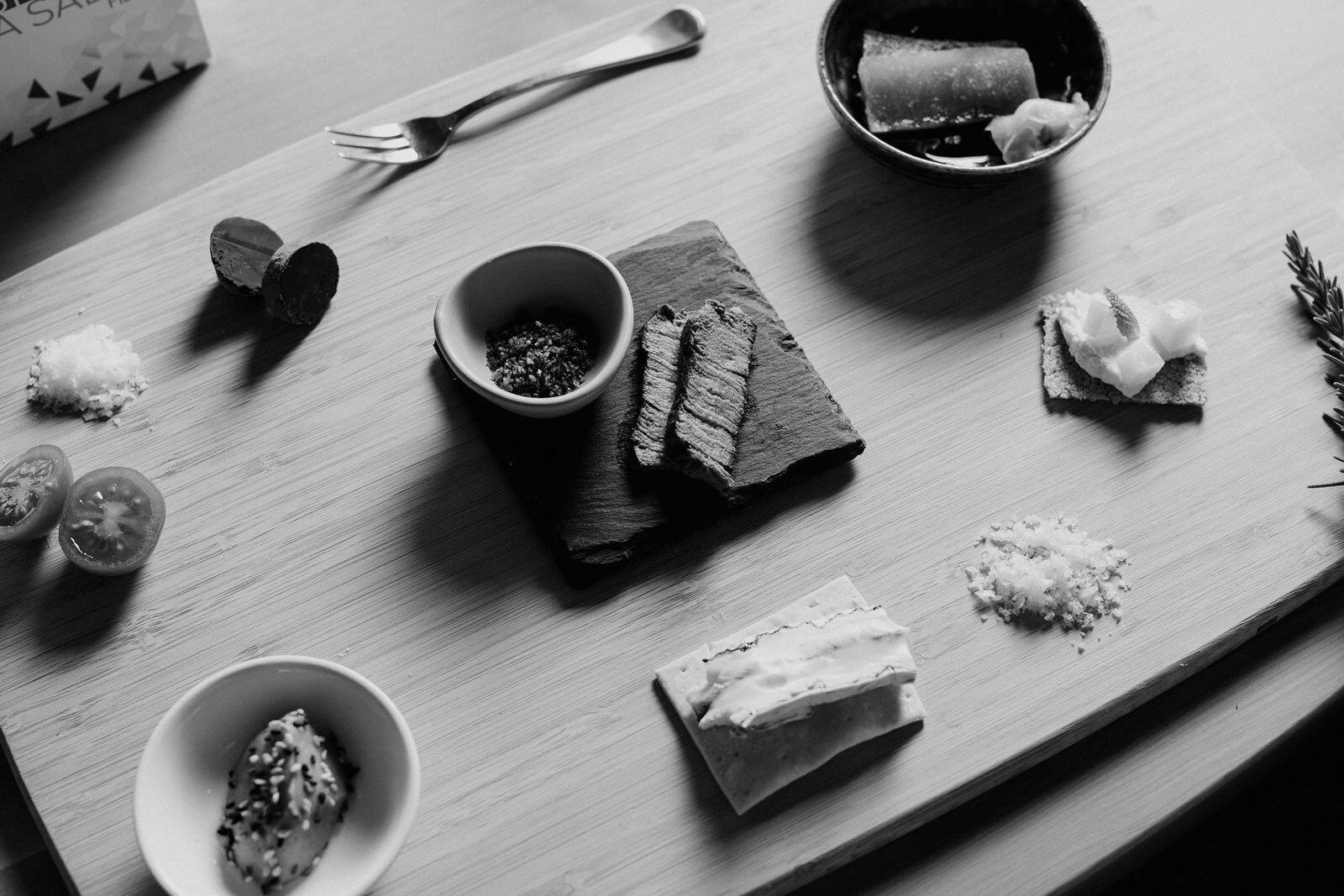
Image: Tasman Sea Salt | Photographer: Jesse Hunniford
An afternoon into dusk on Maria Island
Arrive at Triabunna ferry terminal to catch the ferry to Maria Island National Park on the Encounter Maria ferry. No cars are allowed on Maria Island, making it peaceful and serene. The best way to get around is by foot or on a push-bike.
As you ride through enchanting Eucalyptus forests, be sure to keep a lookout for wombats, wallabies, and forester kangaroos. Listen to the flowing music of birdsongs and take a moment to appreciate the stillness on the island. Maria Island has 125 bird species, with eleven of Tasmania’s endemic species found here, including the endangered swift parrot and forty-spotted pardalote.
Make sure you check out Shoal Bay and take a moment to admire the clear blue water and seclusion of the bay. These vast stretches of water are home to abundant marine life, including seals, whales and dolphins.
Before the sun goes down, take a cold plunge into the ocean at Hopgrounds Beach. It’s an incredibly enlivening thing to do in the wintertime. Let the water invigorate you as you look out at the magnificent natural beauty that surrounds you.
Dusk is the best time to spot both Tasmanian devils and pademelons. Wombats also come out in droves at this time. Take a moment to admire Mount Maria, which at 711m is the island’s highest point, and Bishop and Clerk, which is a slightly lower peak. Watch as the sun sets over the rugged mountains and dramatic coastline.
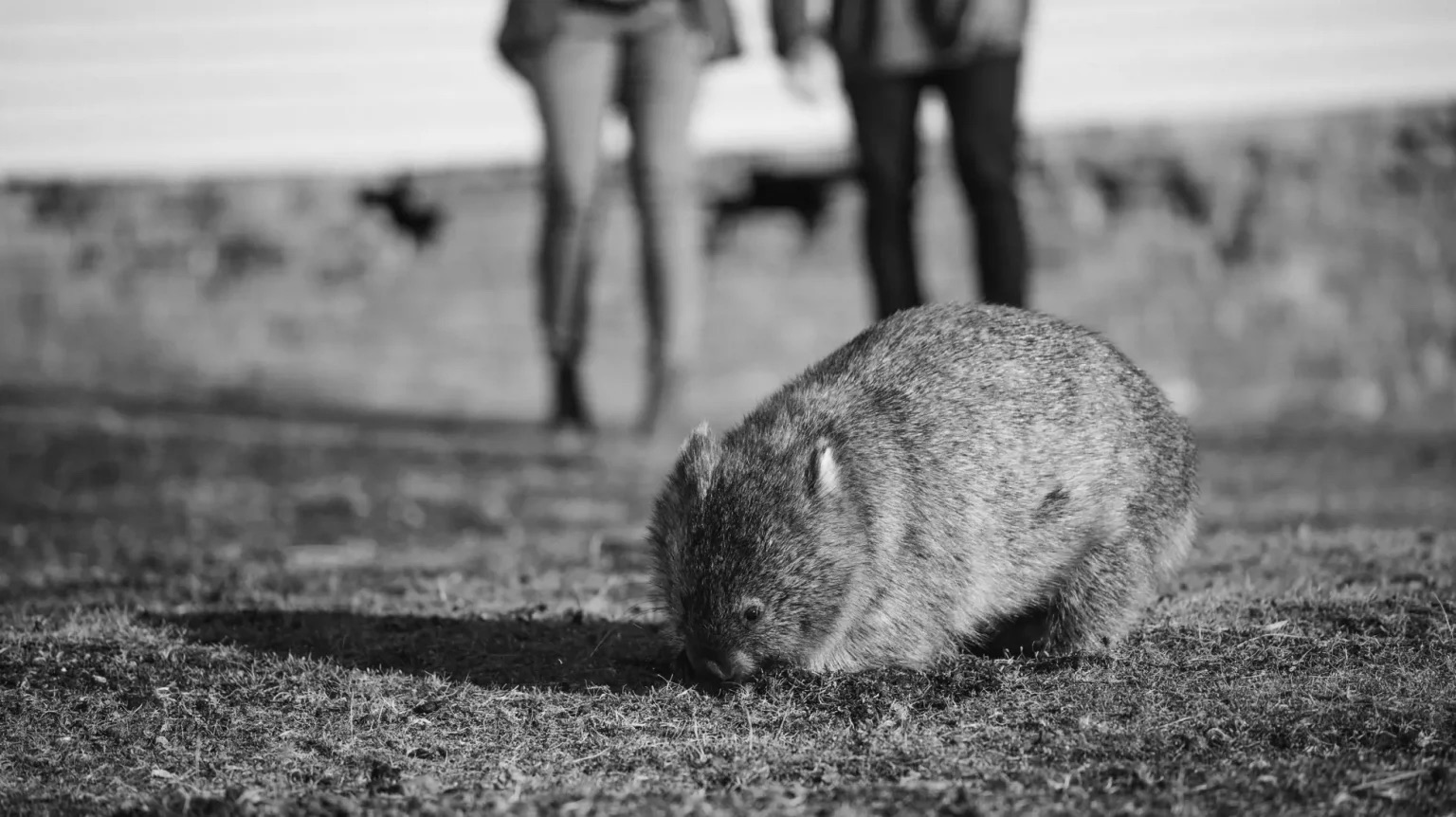
Image: Wombats on Maria Island | Photographer: Jesse Hunniford
This article is produced by Rolling Stone in partnership with Tourism Tasmania. Explore more wild, weird and wonderful experiences during Tasmania’s Off Season.



































